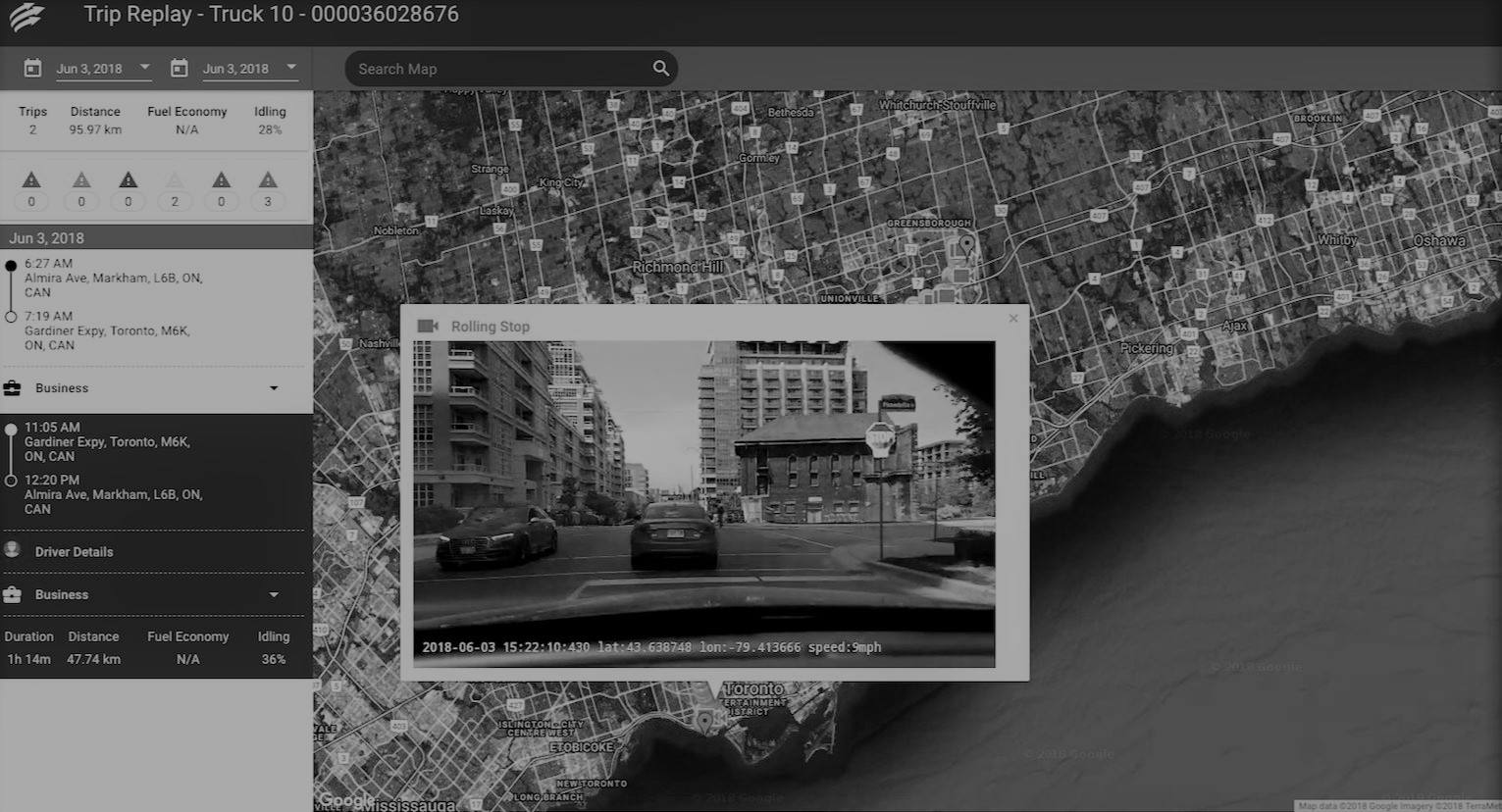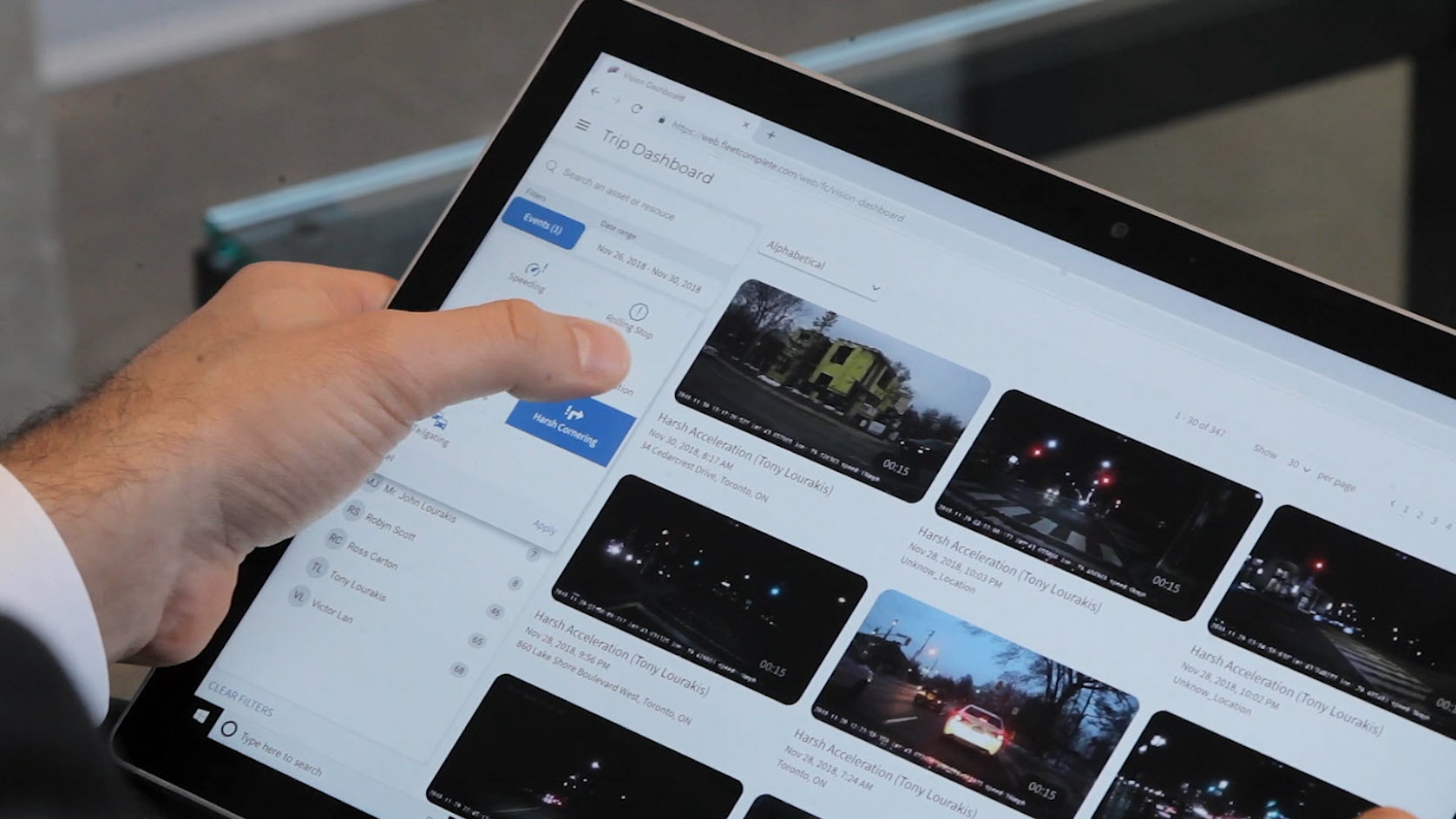The new
Canada Electronic Logging Device (ELD) Mandate went into effect January 1, 2023 — in which all commercial motor vehicle (CMV) fleets operating in Canada must implement a 3
rd party certified ELD device by this date, unless otherwise exempt.
The ELD mandate is designed to improve safety on the roads by ensuring that drivers are not driving for longer than they should be, preventing fatigue-related accidents. Learn what motor carriers and their truck drivers can do to stay compliant with HOS regulations.
1. Understand How the Device Works
The first step to staying compliant is to understand what an ELD is and how it works. An ELD is essentially a hardware device that is used to electronically record driving time for commercial motor vehicles. It plugs into a vehicle’s onboard diagnostics (OBD) port and captures data on the engine, location, speed, miles driven, and more. Under the mandate, governments in both Canada and the U.S. require that most commercial vehicles be equipped with an ELD. Fleets should work with their ELD vendor to ensure that the required training material is readily available and in user-friendly language to ensure that both administrators and drivers are comfortable deploying the technology.
2. Understand the HOS Regulations
The next step to staying compliant with HOS regulations is to understand what they are. The HOS regulations dictate how many hours can be driven in a day and a week, as well as how many hours of rest need to be taken between shifts. By understanding these regulations in the jurisdiction in which you operate commercial vehicles, drivers can ensure that they are not violating any rules and are driving safely.
3. Be Ready if stopped at Roadside
There will be occasions when you will be stopped at the roadside by a safety official to view your record of duty status logs. The key to a smooth interaction is to make sure that you are ready when asked about your device for inspection. This will include displaying your logs for the day in question plus the previous 14 days, printing your logs if you have a mobile printer in your truck, or emailing your logs to the safety official upon request. You will also likely be asked for your ELD Information Packet which contains the user’s manual, instruction sheet, and malfunction instruction sheet.
Fleet Complete’s BigRoad solution has the ELD Information Packet automatically downloaded in each device to ensure an issue-free roadside inspection.
4. Plan Ahead
One of the keys to staying compliant with HOS regulations is for a driver to plan ahead. By planning their routes and schedules, drivers can ensure that they have enough time to complete their deliveries without having to be on the road for longer than they should be. Drivers should also take into account the traffic, weather conditions, and any other factors that may affect their journey time. If you run into adverse road conditions during your trip, take advantage of the exemptions in regulation to allow you to safely and legally complete your drive.
5. Take Breaks
Taking breaks is an essential part of staying compliant with HOS regulations. Drivers should take breaks at the appropriate times and ensure that they are taking the required amount of rest. Taking breaks can help drivers prevent fatigue and keep them alert and focused on the road. Drivers should also avoid driving during their rest breaks unless they are operating under personal use conditions, as this is a violation of the HOS regulations.
6. Keep Accurate Records
Accurate record-keeping is essential for compliance with the HOS regulations. Drivers should ensure that they are recording their hours of service accurately and keeping track of their rest breaks. They should also ensure that their ELD is functioning correctly and that the data from their device is being downloaded regularly. Accurate record-keeping can help to prevent fines and out-of-service orders while ensuring that drivers are staying compliant with the regulations.
7. Regularly Communicate with Dispatch
Communication with dispatch is a key element for compliance with the HOS regulations. Drivers should communicate with their dispatchers to ensure that they are not being assigned trips that will require them to drive for longer than they should. They should also communicate with their dispatchers if they are experiencing delays or if they need to take a break.
8. Get Enough Rest
Getting rest is vital. Fatigue is a major contributor to accidents on the road as tired drivers are more likely to make mistakes. Drivers should ensure that they are getting enough sleep before their work shifts and that they are taking breaks at the appropriate times.
9. Reach Out to Your ELD Expert
When in doubt, reach out to your ELD expert. Keep in mind, while the regulations may seem complex, there are several exemptions that you may be able to take advantage of.
By understanding the regulations, using an ELD, planning, taking breaks, keeping accurate records, communicating with dispatch, and getting enough rest, drivers can ensure that they are staying compliant with the regulations. It is essential for motor carriers and their truck drivers to take this responsibility seriously and work together to ensure that their vehicles are operating safely and legally. With the right approach, compliance with the HOS regulations can be achieved without compromising efficiency or productivity.
At Fleet Complete, we have a team of experts that are available 24/7 hours, 365 days a year, and in multiple languages to help you navigate this new Canadian ELD mandate. Visit our
Canadian ELD Mandate page for more information.






